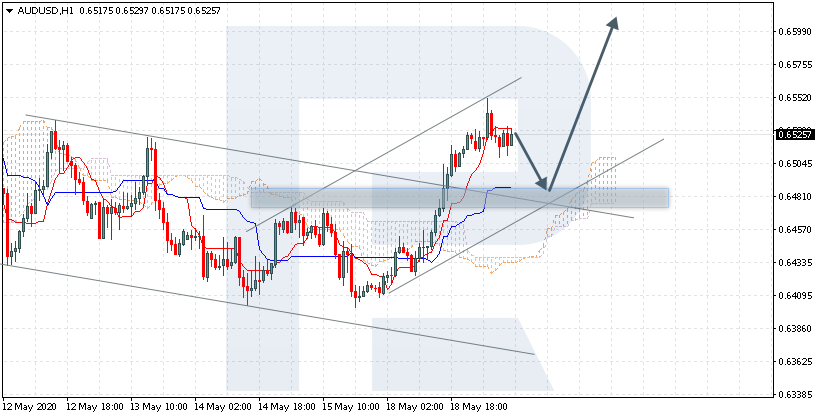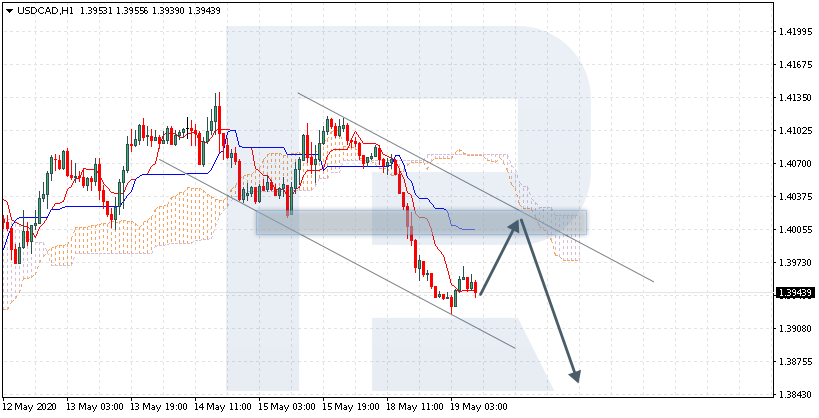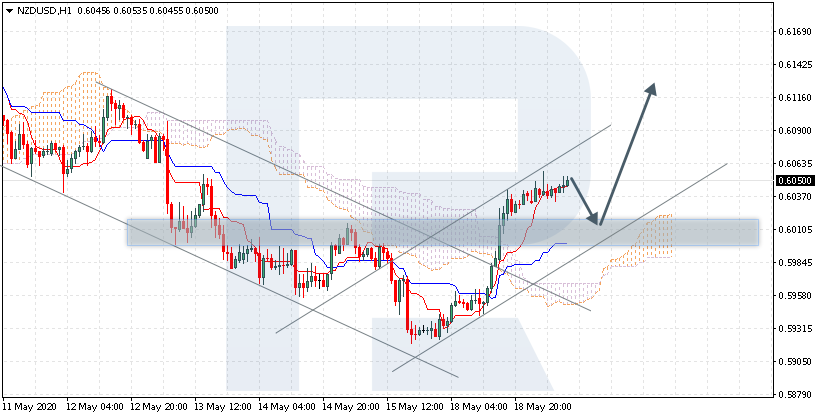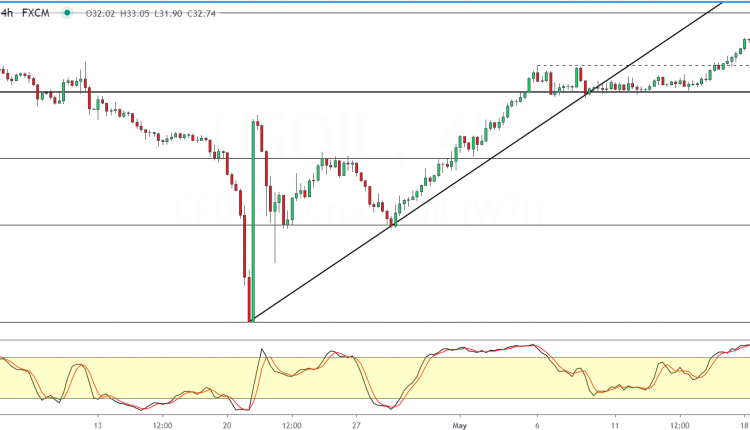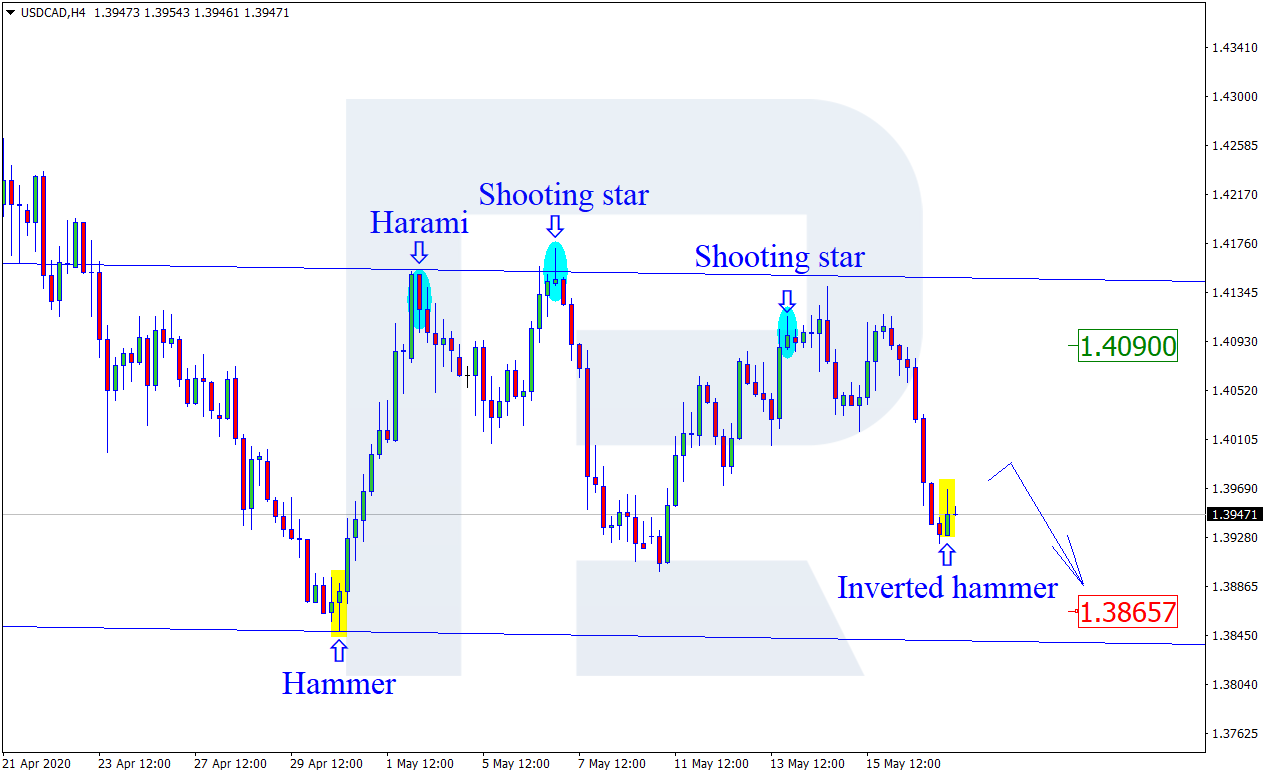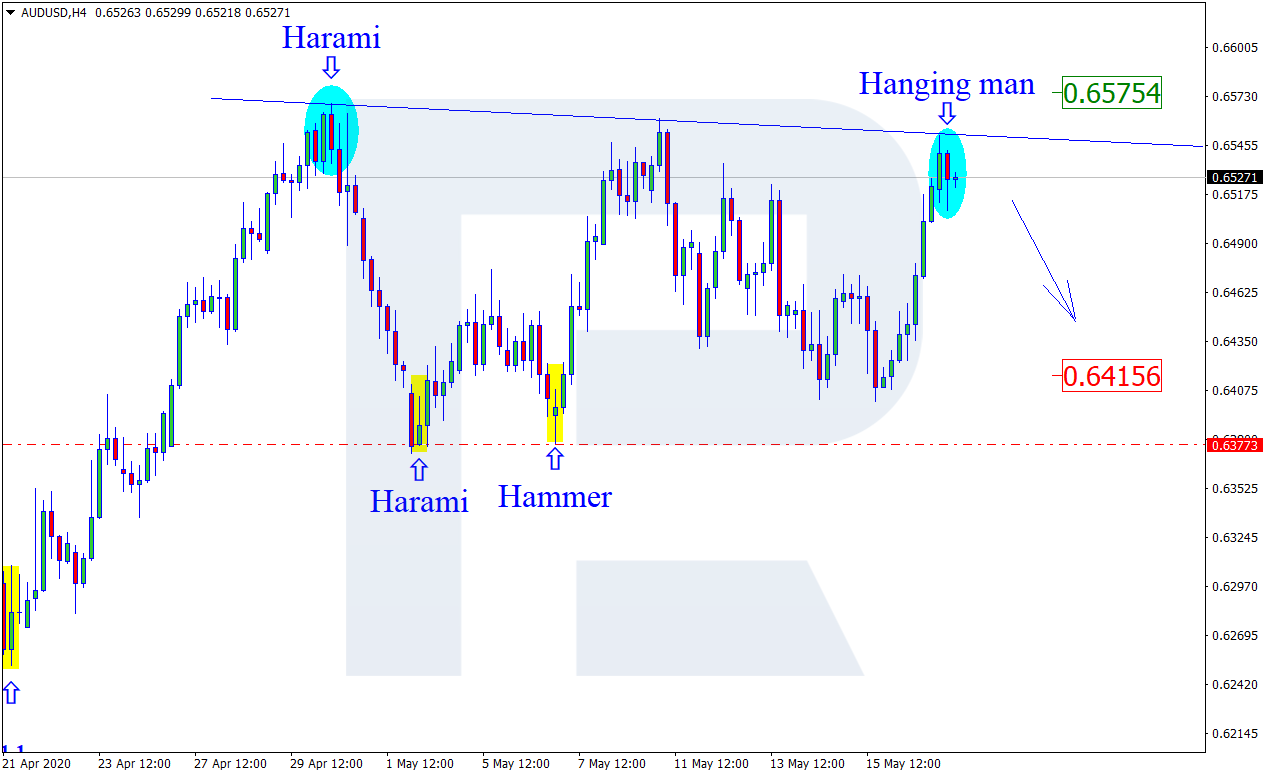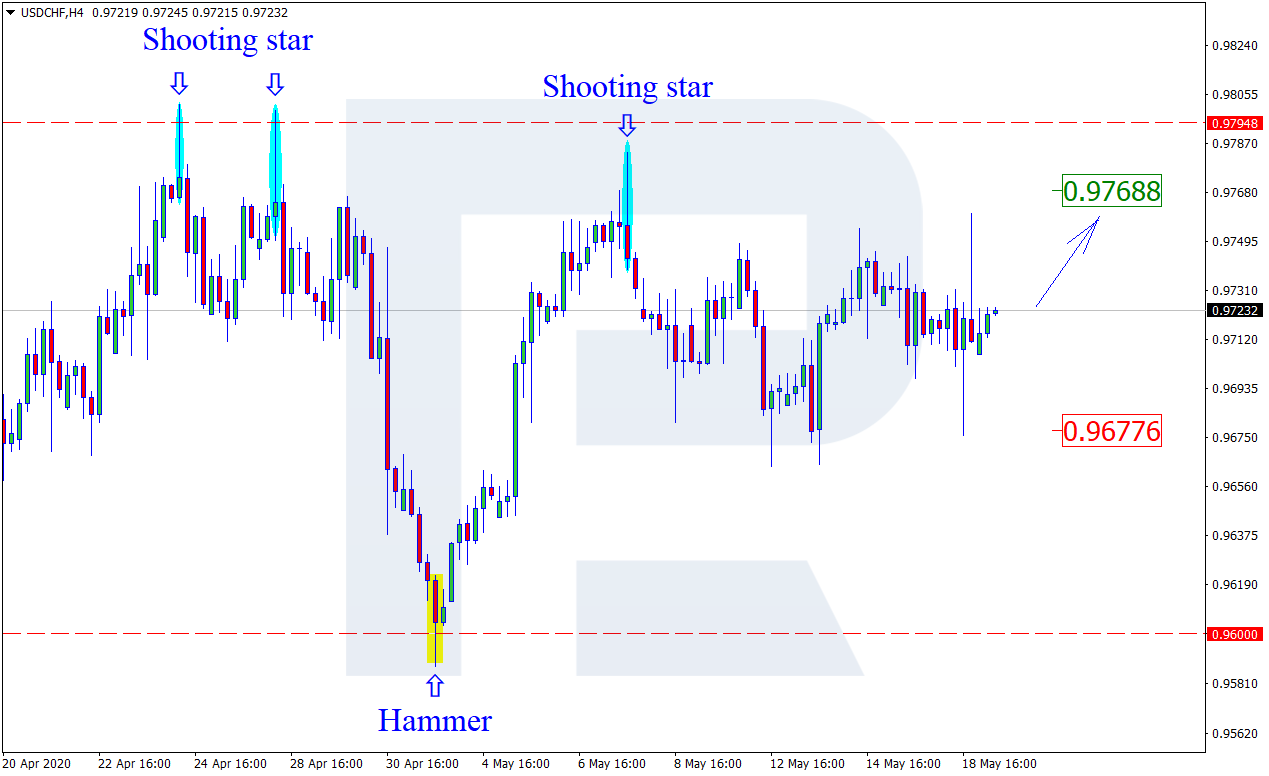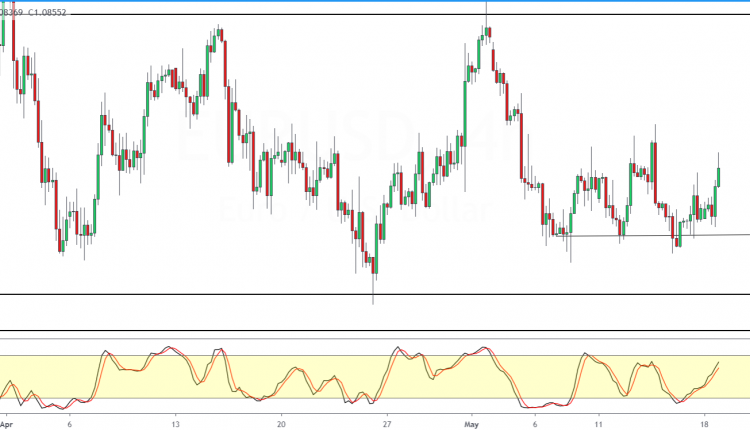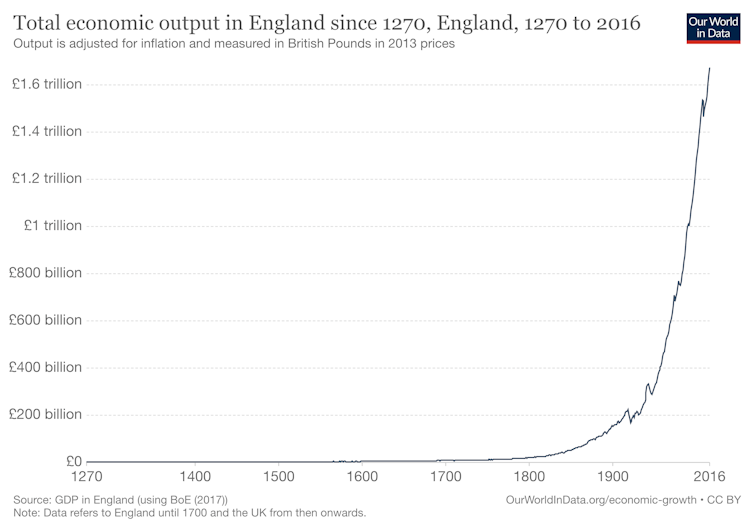By CentralBankNews.info
Indonesia’s central bank left its benchmark interest rates steady for the second month as it carefully weighs the need to maintain exchange rate stability against global financial market uncertainty and sufficient room to lower interest rates due to mild inflationary pressure and the need to stimulate economic growth this year.
Bank Indonesia (BI) maintained its 7-day reserve repo rate at 4.50 percent, the deposit facility rate at 3.75 percent and the lending facility rate at 5.25 percent.
BI also left its key rates steady last month but it has lowered its key rates twice this year by a total of 50 basis points following cuts in February and March. Since July 2019 the rate has been cut 6 times by a total of 150 basis points.
In addition, BI has been intervening in foreign exchange markets to stabilize the rupiah, which fell sharply in March, and also been purchasing government securities in the secondary market.
Today, BI said it would be providing liquidity to the banking industry in terms of restructuring loans to micro, small and medium enterprises (MSMEs), and ultra-micro enterprises, considering implementing renumeration on required reserves for all bans, providing sharia-compliant liquidity facilities and accelerating implementation of the digital economy through collaboration between banks and finch with regard to MSME and public access.
BI noted Indonesia’s economic growth eased to an annual 2.97 percent in the first quarter of this year from 4.97 percent in the previous quarter and confirmed it was expecting lower growth this year due to the impact of the COVID-19 pandemic.
“In 2021, however, economic growth is expected to rebound on global economic gains and the positive impact of existing stimuli,” BI said.
BI has already acknowledged 2020 growth will be below its original estimate of 2.3 percent.
Indonesia’s external sector remains solid, BI said, adding the current account deficit narrowed to less than 1.5 percent of gross domestic product in the first quarter from 2.8 percent in the fourth quarter of 2019 due to declining imports from lower domestic demand.
Foreign capital inflows also began to return in April as global financial market uncertainty eased, with portfolio investment showing a net inflow of US$4.1 billion from April through May 14, helping reverse the net outflow of US$5.7 billion in the first quarter.
At the end of April, Indonesia’s reserve assets had risen to US$127.9 billion, or 7.8 months of imports and it projected a current account deficit in 2020 of less than 2.0 percent of GDP, down from an earlier forecast of 2.5 to 3.0 percent.
“The rupiah continued to regain lost value as global financial market uncertainty eased and confidence in national economic conditions was maintained,” BI said.
The rupiah plunged 17 percent from February 17 to March 24 but since then it has rebounded and rose further today to trade at 14,765 to the U.S dollar, to be down 5.7 percent this year.
Indonesia’s inflation eased to 2.67 percent in April from 2.96 percent in March, within BI’s target of 3.0 percent, plus/minus 1 percentage points.
Bank Indonesia issued the following statement:
“The BI Board of Governors agreed on 18th and 19th May 2020 to hold the BI 7-Day Reverse Repo Rate at 4.50%, while also maintaining the Deposit Facility (DF) and Lending Facility (LF) rates at 3.75% and 5.25%. The decision carefully weighs the need to maintain exchange rate stability against a backdrop of global financial market uncertainty, although Bank Indonesia acknowledges sufficient room to lower interest rates in line with mild inflationary pressures and the need to stimulate economic growth, particularly in 2020. Furthermore, Bank Indonesia has continued to strengthen its policy mix currently oriented towards mitigating the risks associated with COVID-19, maintaining money market and financial system stability as well as acting in synergy with the Government and other relevant authorities to accelerate the National Economic Recovery. In addition to the existing measures, Bank Indonesia is taking the following actions:
- Providing liquidity for the banking industry in terms of restructuring MSME loans and ultra-micro enterprises with formal loans;
- Considering implementation of Reserve Requirement Remuneration for all banks;
- Strengthening monetary operations and Islamic financial market deepening through Sharia-Compliant Liquidity Facilities (FLisBI), Sharia-Compliant Liquidity Management (PaSBI) and Sharia-Compliant Interbank Fund Management Certificates (SiPA);
- Accelerating implementation of the digital economy and finance as part of the national economic recovery efforts through collaboration between the banking industry and FinTech to expand MSME and public access to economic and financial services.
Moving forward, Bank Indonesia will continue to monitor global economic and financial market dynamics as well as COVID-19 transmission and the economic impact on Indonesia over time, while implementing the coordinated follow-up policies required with the Government and Financial System Stability Committee to maintain macroeconomic and financial system stability and support the national economic recovery.
The COVID-19 pandemic has stifled global economic growth, while the impact on global financial market uncertainty has begun to ease. Consistent with the spread of COVID-19 and various containment measures that restrict public activity, economic growth in most countries around the world declined sharply in the first quarter of 2020. The economies of China, Europe, Japan, Singapore and the Philippines slipped into contraction in the first quarter of 2020, while US economic growth fell precipitously to 0.3%. The latest developments in April 2020 revealed a significant risk of global economic recession, with several early indicators contracting, including manufacturing and services as well as consumer and business confidence. In response, world trade volume is contracting as commodity and oil prices slide. With the economic contraction predicted to persist until the third quarter of 2020, Bank Indonesia is projecting global economic growth in 2020 at -2.2%, before rebounding in 2021 to 5.2% on the back of the positive impact of policies in various countries coupled with the base effect. In addition, global financial market uncertainty has shown early signs of easing. Such conditions will slowly reduce the intensity of capital outflows from developing countries, subsequently accompanied by milder pressures on exchange rates in developing economies, including Indonesia.
The COVID-19 pandemic has also affected domestic economic growth. National economic growth in Indonesia was recorded at 2.97% (yoy) in the first quarter of 2020, down from 4.97% (yoy) in the previous period. The main contributors to slower growth include services exports, tourism in particular, non-food consumption and investment, with trade, hotels and restaurants, manufacturing, construction and transportation hardest hit. Meanwhile, the components and sectors associated with COVID-19 containment measures continue to perform solidly, namely government consumption and household consumption for food, health and education, as well as the information and communications sector, financial services, health services and other services. April 2020 data points to a persistent economic slowdown in Indonesia, as reflected by declines revealed in the latest Retail Sales Survey and Purchasing Managers Index. Bank Indonesia is projecting lower economic growth in Indonesia for 2020 in line with the impact of COVID-19. In 2021, however, economic growth is expected to rebound on global economic gains and the positive impact of existing stimuli. Looking forward, Bank Indonesia will continue to strengthen coordination with the Government and other relevant authorities to ensure policy effectiveness in terms of driving the economic recovery during and after COVID-19.
Indonesia External economy sector resilience remains solid. The current account deficit narrowed to less than 1.5% of GDP in the first quarter of 2020 from 2.8% of GDP in the fourth quarter of 2019. This was accounted for by declining imports in line with compressed domestic demand, which minimised the impact of declining exports due to the global economic contraction. Meanwhile, the capital and financial account experienced a significant reduction due to the surge of capital outflows caused by global financial panic in response to the COVID-19 pandemic. Foreign capital inflows began to return in April 2020 as global financial market uncertainty eased, coupled with attractive yields on domestic financial assets for investment and a persistently sound national economic outlook. During the period from April 2020 to 14th May 2020, portfolio investment recorded a net inflow totalling USD4.1 billion to reverse the net outflow of USD5.7 billion recorded in the first quarter of 2020. At the end of April 2020, the position of reserve assets increased to USD127.9 billion, equivalent to 7.8 months of imports or 7.5 months of imports and servicing government external debt, which is well above the international adequacy standard of three months. Bank Indonesia is confident that the current position of reserve assets is more than adequate for import needs, servicing government external debt and stabilising rupiah exchange rates. Bank Indonesia projects the current account deficit in 2020 less than 2.0% of GDP from 2.5-3% of GDP previously.
The rupiah continued to regain lost value as global financial market uncertainty eased and confidence in national economic conditions was maintained. After appreciating in April 2020, a stronger rupiah was also recorded in May 2020. As of 18th May 2020, the rupiah strengthen 5.1% on average and 0.17% (ptp) compared to the level recorded at the end of April 2020. Nevertheless, the rupiah has still lost around 6.52% of its value compared to the end of 2019, primarily due to intense depreciatory pressures in March 2020. In addition, foreign capital inflows and a dominant supply of foreign exchange from domestic players have also strengthened the rupiah. Bank Indonesia is confident that the current rupiah exchange rate is fundamentally undervalued, leading to potential appreciation and underpinning the economic recovery. Supporting exchange rate policy effectiveness, Bank Indonesia continues to optimise monetary operations in order to safeguard market mechanisms and preserve adequate liquidity in the money market and foreign exchange market.
Inflation remains low, thereby supporting economic stability. CPI inflation in April 2020 was recorded at 0.08% (mtm), down from 0.10% (mtm) one month earlier. Inflation remains low due to weak demand caused by COVID-19 together with the adequate supply of goods and a smooth distribution chain, as confirmed by the dynamics of inflation components. Core inflation is lower in line with policy consistency by Bank Indonesia to anchor inflation expectations to the target corridor and fading domestic demand. Volatile foods recorded deflation in the reporting period due primarily to price corrections affecting several commodities as a result of weak demand combined with adequate supply. Administered prices also recorded deflation stemming from ongoing corrections to airfares. Consequently, annual CPI inflation in April 2020 stood at 2.67% (yoy), down from 2.96% (yoy) the month earlier. Moving forward, Bank Indonesia will consistently maintain price stability and strengthen policy coordination with the central and local government to control low and stable inflation within the 3.0%±1% target corridor in 2020 and 2021. Furthermore, Bank Indonesia is coordinating with the Government to control inflation during the holy fasting month of Ramadan and Eid-ul-Fitr 1441.
Liquidity in the banking system remains adequate, thus supporting lower interest rates. Adequate bank liquidity is reflected in the high average daily transaction volume recorded in the interbank money market, reaching Rp9.2 trillion in April 2020, as well as the persistently high ratio of liquid assets to deposits at 24.16% in March 2020. Such developments have had a positive impact on lower interest rates. In April 2020, the average overnight interbank rate and 1-week JIBOR remained stable and convergent around the BI 7-Day (Reverse) Repo Rate at 4.31% and 4.60% respectively. Furthermore, the weighted average deposit rate and lending rate decreased by 11bps and 19bps to 5.92% and 10.17% respectively in April 2020 from March 2020. Conditions conducive to lower interest rates were in line with Bank Indonesia’s strategy to maintain adequate liquidity. Since the beginning of 2020, Bank Indonesia has injected Rp583.5 trillion of liquidity into the money market and banking industry through SBN purchases in the secondary market, term-repo SBN transactions, foreign currency swaps and lower rupiah reserve requirements. Furthermore, lower interest rates increased M1 and M2 in March 2020 by 15.6% (yoy) and 12.1% (yoy) respectively. Bank Indonesia will continue to ensure adequate liquidity in the money market and banking industry in order to support the national economic recovery program, particularly in terms of bank loan restructuring.
Financial system stability has been maintained, although the potential risks associated with the COVID-19 impact on financial system stability must still be anticipated. Financial system stability was reflected by a high Capital Adequacy Ratio (CAR) of 21.63% in March 2020, along with a low level of non-performing loans (NPL) at 2.77% (gross) and 1.02% (nett). Meanwhile, the bank intermediation function continues to demand attention due to the impact of weaker domestic demand and more cautious bank lending as a result of COVID-19. Growth of outstanding loans disbursed by the banking industry remained sluggish in March 2020 despite increasing to 7.95% (yoy) from 5.93% (yoy) in February 2020. Similarly, deposit growth also remained suboptimal despite increasing from 7.77% (yoy) to 9.54% (yoy) in the reporting period. Moving forward, Bank Indonesia will maintain an accommodative macroprudential policy stance consistent with the existing policy mix, including the full panoply of efforts to mitigate risk in the financial sector caused by COVID-19.
Payment system availability, both cash and non-cash, remains uninterrupted. Growth of currency in circulation decelerated to 6.3% (yoy) in the reporting period in line with the banks’ strategy to store less currency. Meanwhile, cashless transactions using ATM/debit cards, credit cards and electronic money declined 4.7% (yoy) in March 2020, prompted by a dip in economic activity. On the other hand, e-money transactions maintained strong 67.9% (yoy) growth in March 2020, with digital banking transaction volume accelerating to 60.8% (yoy). Both developments reflect a surge of transactions in the digital economy and finance during the COVID-19 pandemic. Bank Indonesia will continue to expand the role of the payment system to support the economic recovery during the COVID-19 pandemic. To that end, Bank Indonesia continues to promote the digitalisation of financial services by expanding access and increasing financial literacy through digital payments, including Bank Indonesia backing for cashless social aid program (bansos) disbursements. Furthermore, in anticipation of Eid-ul-Fitr, Bank Indonesia has strengthened operational preparations to ensure uninterrupted, secure and reliable payment systems operated by Bank Indonesia and payment system service providers, while ensuring the availability of hygienic currency in circulation.”
